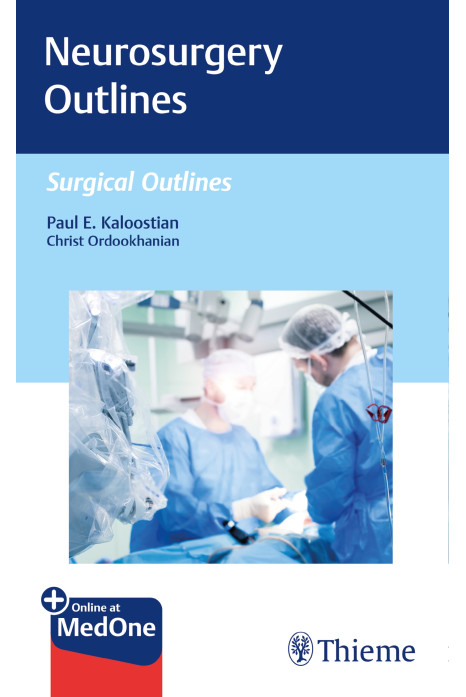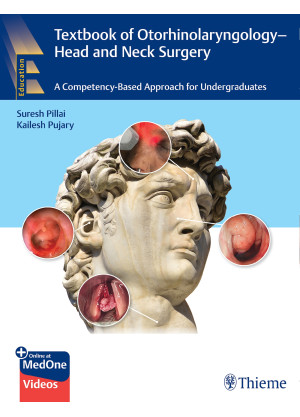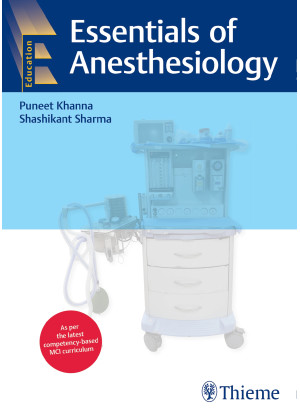Pocket-size, user-friendly roadmap outlines most common surgical procedures in neurosurgery!
Surgery requires a combination of knowledge and skill acquired through years of direct observation, mentorship, and practice. The learning curve can be steep, frustrating, and intimidating for many medical students and junior residents. Too often, books and texts that attempt to translate the art of surgery are far too comprehensive for this audience and counterproductive to learning important basic skills to succeed. Neurosurgery Outlines by neurosurgeon Paul E. Kaloostian is the neuro-surgical volume in the Surgical Outlines series of textbooks that offer a simplified roadmap to surgery.
This unique resource outlines key steps for common surgeries, laying a solid foundation of basic knowledge from which trainees can easily build and expand. The text serves as a starting point for learning neurosurgical techniques, with room for adding notes, details, and pearls collected during the journey. The chapters are systematically organized and formatted by subspecialty, encompassing spine, radiosurgery, brain tumors and vascular lesions, head trauma, functional neurosurgery, epilepsy, pain, and hydrocephalus. Each chapter includes symptoms and signs, surgical pathology, diagnostic modalities, differential diagnosis, treatment options, indications for surgical intervention, step-by-step procedures, pitfalls, prognosis, and references where applicable.
Key Features
- Provides quick procedural outlines essential for understanding procedures and assisting attending neurosurgeons during rounds
- Spine procedures organized by cervical, thoracic, lumbar, sacral, and coccyx regions cover traumatic, elective, and tumor/vascular-related interventions
- Cranial topics include lesion resection for brain tumors and cerebrovascular disease and TBI treatment
This is an ideal, easy-to-read resource for medical students and junior residents to utilize during the one-month neurosurgery rotations and for quick consultation during the early years of neurosurgical practice. It will also benefit operating room nurses who need a quick guide on core neurosurgical procedures.
This book includes complimentary access to a digital copy on https://medone.thieme.com.
Section I: Spine
1 Cervical
2 Thoracic
3 Lumbar
4 Sacral
5 Coccyx
Section II: Radiosurgery/CyberKnife Treatment
6 Spinal Radiosurgery
7 Cranial Radiosurgery
Section III: Cranial Lesion Resection (Brain Tumor, Vascular Lesions)
8 Brain Tumors
9 Cerebral Vascular Lesions
Section IV: Cranial Trauma
10 Epidural Hematoma Evacuation/Subdural Hematoma Evacuation/Intracerebral Hemorrhage Evacuation
11 Hemicraniectomy (Unilateral, Bilateral, Bifrontal versus Frontotemporal)
12 Cranioplasty
13 Placement of External Ventricular Drain/Placement of Intraparenchymal ICP Monitor
Section V: Functional Neurosurgery
14 Deep Brain Stimulation
Section VI: Epilepsy
15 Subdural Grid Placement
16 Amygdalohippocampectomy
Section VII: Pain Management Strategies
17 Spinal Cord Stimulator
18 Baclofen Pump/Morphine Pump
Section VIII: Hydrocephalus Treatment
19 Ventriculoperitoneal Shunt
20 Lumboperitoneal Shunt
21 Ventriculopleural Shunt
22 Ventriculoatrial Shunt














